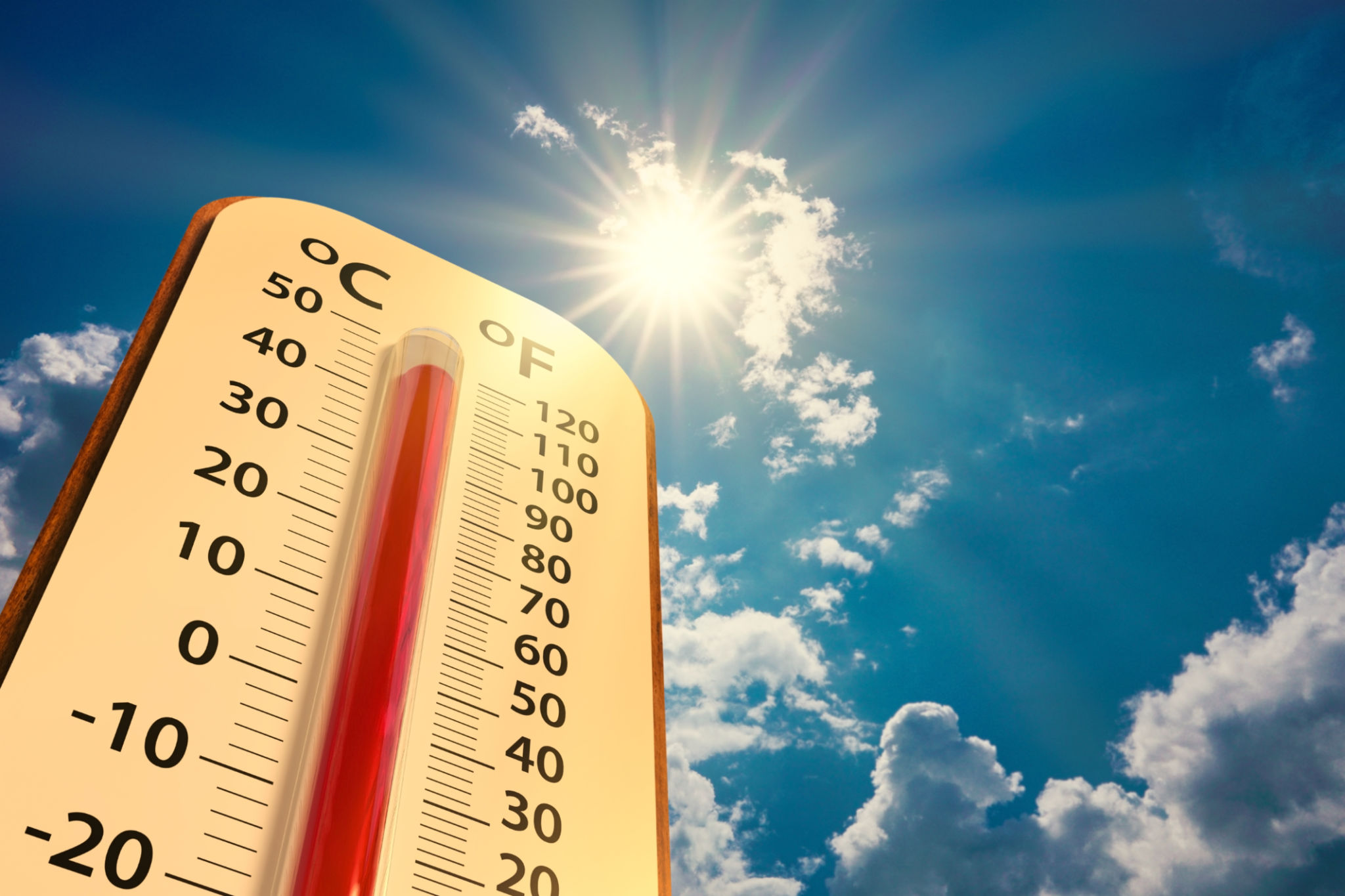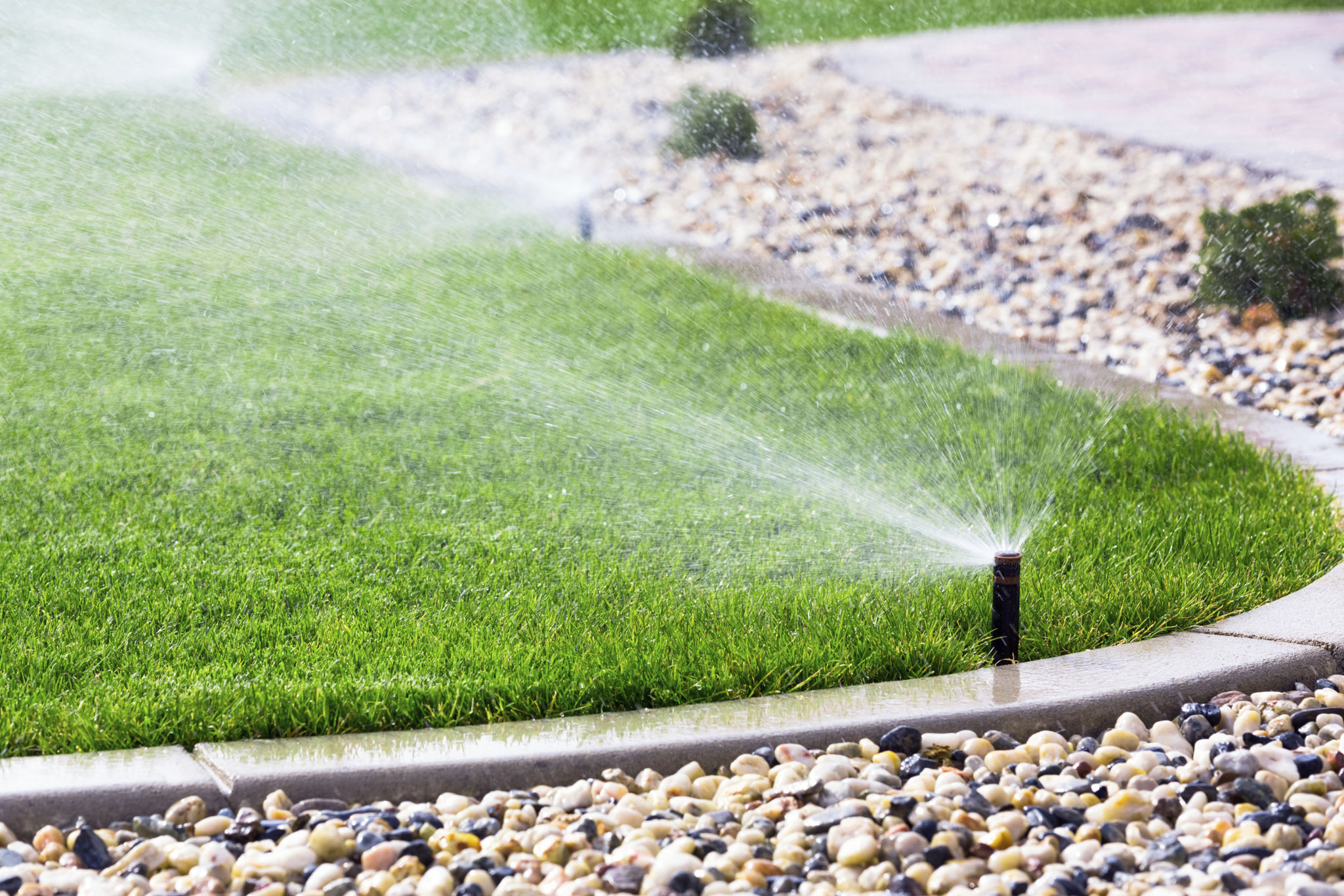Understanding Brampton's Climate: How It Affects Your Lawn Care Strategy
Introduction to Brampton's Climate
Brampton, a vibrant city in Ontario, Canada, experiences a unique climate that significantly impacts lawn care strategies. Understanding the local weather patterns is crucial for maintaining a healthy and lush lawn. With distinct seasonal variations, Brampton's climate presents a set of challenges and opportunities for lawn enthusiasts.

Seasonal Changes and Their Impact
Brampton's climate is characterized by cold winters, warm summers, and moderate rainfall spread throughout the year. Each season requires a different approach to lawn care:
- Spring: As the snow melts, it's time to prepare your lawn for new growth. Aeration and overseeding are vital during this period to encourage healthy grass development.
- Summer: The warm temperatures and occasional droughts mean you need to focus on watering and mowing techniques that prevent stress on your lawn.
- Fall: This season is perfect for fertilizing and preparing your lawn for the upcoming winter months.
- Winter: Though grass growth halts, it's essential to protect your lawn from snow mold and other winter-related issues.

Temperature Fluctuations
The temperature fluctuations in Brampton can be quite drastic, with summer highs reaching up to 30°C (86°F) and winter lows plummeting below -10°C (14°F). These variations affect soil composition and grass growth cycles. It's crucial to select grass varieties that are resilient to both heat and cold, such as Kentucky bluegrass or perennial ryegrass.
Adapting Lawn Care Practices
Adapting your lawn care practices to align with temperature changes is essential. During summer, employing a higher mowing height can help retain moisture and shade the soil, protecting it from excessive heat. In winter, avoid heavy foot traffic on frozen lawns to prevent damage.

Precipitation Patterns
Brampton receives an average annual rainfall of approximately 800mm, with a tendency towards wetter springs and falls. This precipitation pattern is beneficial for lawns, but excessive moisture can lead to issues like fungal diseases. Therefore, ensuring proper drainage and avoiding over-watering are key strategies for maintaining a healthy lawn.
Watering Techniques
Efficient watering techniques are vital in managing Brampton's precipitation. Implementing a smart irrigation system that adjusts based on weather conditions can save water and prevent over-saturation. It's best to water early in the morning or late in the evening to minimize evaporation.

Conclusion
Understanding Brampton's climate is essential for developing effective lawn care strategies. By adapting your practices to seasonal changes, temperature fluctuations, and precipitation patterns, you can ensure your lawn remains vibrant and healthy year-round. Stay informed about local weather forecasts and adjust your lawn care regimen accordingly to meet the unique demands of Brampton's climate.
